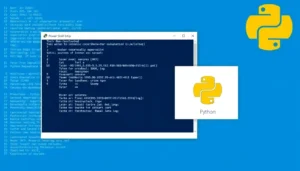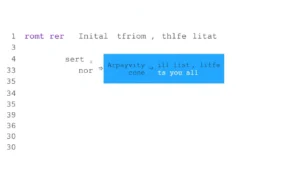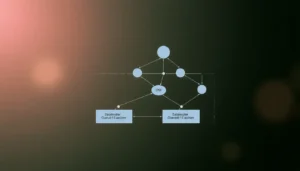Police Protection Policy Shifts: LAPD Ends Harris Security After Criticism
- THE MAG POST

- Sep 8
- 3 min read

Police protection policy realignment after Harris security controversy
police protection policy is at a crossroads as security responsibilities reallocate in a climate of scrutiny and budget constraints. The LAPD's move away from guarding a former vice president highlights tensions between resource management and protecting high-profile figures.
Rationale behind shifting protection duties
In the wake of leadership changes and shifting threats, agencies reassess where and how resources are deployed. The LAPD leaned into a collaborative model with state partners, arguing that sharing coverage with the California Highway Patrol would keep risk profiles balanced while safeguarding taxpayers from duplicative expenses.
Yet the decision stemmed from more than a budget line item. It reflected an ongoing debate about security posture for former officials who transition from active protection to advisory roles, and how to preserve continuity when a dedicated detail contracts to other agencies.
Budget, resource constraints, and public accountability
City budgets tightened during a period of constrained resources, and police leadership publicly framed the Harris assignment as a temporary recalibration rather than a permanent policy. Critics argued that moving officers from crime suppression in the San Fernando Valley risked undermining public safety and disproportionately taxed officers who carry a high workload.
Supporters contended that interagency arrangements could provide comparable protection while achieving cost neutrality or savings, provided there was robust oversight, transparent reporting, and clear performance metrics to reassure residents that security dollars were well spent.
Impact on security governance and public trust
Coordinating security across agencies reshapes the governance landscape and invites scrutiny about who bears responsibility for protecting high-profile figures when official coverage changes hands.
Inter-agency coordination and role of the Metropolitan Division
LA's Metropolitan Division, with its specialized focus, was central to the critique, as officers were pulled from other critical tasks to fill gaps. The arrangement underscored the difficulty of balancing scarce personnel with high-demand protection duties and highlighted the need for formal memoranda of understanding when cross-agency operations occur.
Experts note that formalizing joint protocols— including activation thresholds, chain of command, and debrief procedures— can minimize confusion and ensure that intelligence sharing and incident reporting remain robust even as traditional guard posts shift to CHP support and private sector arrangements.
Reactions from officers and the LAPD Protective League
The LAPD Protective League framed the decision as a misallocation of resources and condemned the move as fiscally imprudent. Within the department, some officers questioned the long-term strategy, arguing that protecting public figures requires consistency and predictability in staffing rather than ad-hoc reallocations.
Supporters in the ranks, however, suggested that prudent collaboration with other agencies could protect core public-safety missions while reducing administrative overhead, provided accountability and performance could be demonstrated through transparent reporting and post-implementation reviews.
What comes next for former vice presidents' protection and policy implications
Policy evolution is ongoing as leadership changes, executive orders, and risk assessments shape how long protection lasts and who sustains the duty when transitions occur.
Legal framework and executive orders governing protection timelines
Current practice typically includes a defined protection window for former officials, but presidential directives can modify timelines. The administration's recent order extending coverage reflects a balancing act between privacy, public safety, and continuity of law enforcement support after leaving office.
Clarifying the legal basis for multi-agency deployments helps agencies avoid ambiguity during transitions and ensures that all parties operate under consistent authority, reducing confusion during emergencies or high-visibility events.
Implications for future security planning and transparency
Security planners must anticipate fiscal and operational tradeoffs, including the need for rapid escalation if threats arise. Transparent reporting and stakeholder engagement are essential to maintaining public trust when security duties are reallocated and when taxpayer money funds cross-agency arrangements.
Ultimately, the shift invites a broader conversation about the sustainability of post-office protection and the mechanisms that govern decision-making, oversight, and accountability in public-safety policy.
Key Takeaways
police protection policy reshapes how cities allocate risk, reconcile budgets, and engage with the public when protection needs evolve for former officials. Transparent, interagency collaboration, clear governance, and accountable budgeting emerge as core lessons from the Harris case.
The episode suggests that security policy must balance protection, cost-effectiveness, and public trust, with ongoing oversight and data-driven evaluation guiding future decisions.






















































Comments